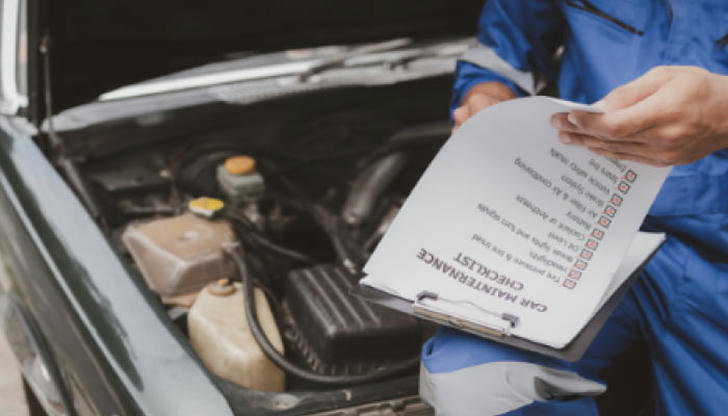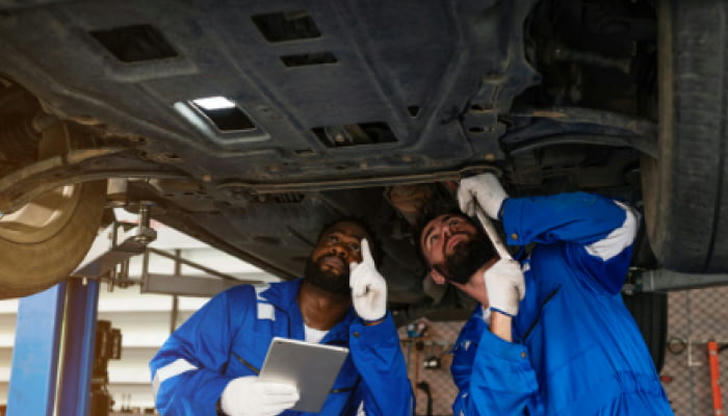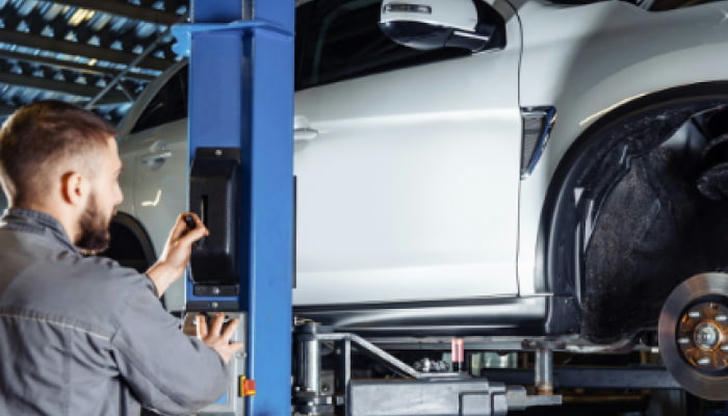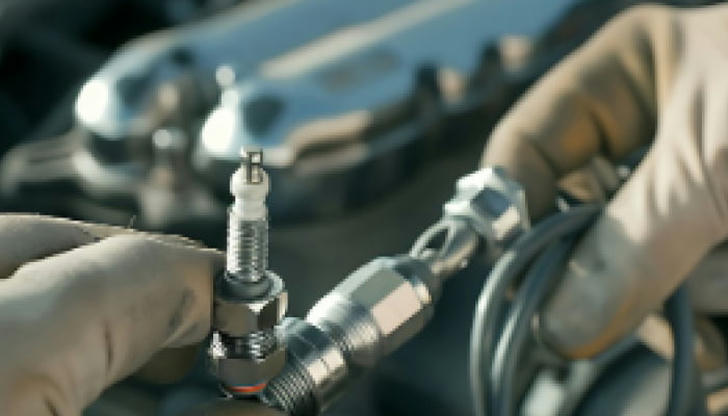The Complete Checklist for Car Maintenance Before a Long Road Trip

Road trips are an exciting way to explore new places, create memories, and enjoy freedom on the open road. However, to ensure your trip is smooth and stress-free, it’s essential to prepare your vehicle. Proper car maintenance before hitting the road is vital not only for your safety but also to prevent unexpected breakdowns. This checklist will guide you through the essential steps to get your car road trip ready.
When planning a long road trip, it’s easy to focus on the destination, route, and snacks for the journey. But before packing your bags, there’s something even more important: your car. A well-maintained vehicle is key to a successful trip. Neglecting pre-trip maintenance can lead to costly repairs or, worse, accidents. In this article, we will walk you through a comprehensive checklist to ensure your car is ready for the journey.
1. Check Your Engine Oil

The engine oil is the lifeblood of your car. It lubricates the engine's components, preventing friction and overheating. Before a long trip, make sure to check the oil level and its condition.
How to Check: Pull out the dipstick, wipe it clean, reinsert it, and then pull it out again. Check that the oil is between the minimum and maximum markers.
What to Look For: If the oil appears dark and thick, it’s time for an oil change. Fresh oil should be amber and clear.
An oil change is recommended every 3,000 to 5,000 miles. If you’re approaching this mileage, get your oil changed before the trip.
2. Inspect the Tires

Your tires are the only part of the car in direct contact with the road, so their condition is crucial. Inspecting your tires helps ensure better handling, fuel efficiency, and safety.
Key things to check:
Tire Pressure: Use a tire pressure gauge to ensure the tires are properly inflated. You can find the recommended tire pressure in your car’s manual or the sticker inside the driver’s door.
Tread Depth: The minimum legal tread depth is 2/32 of an inch. You can check this by inserting a penny into the tread with Lincoln's head upside down. If you can see all of Lincoln’s head, it's time to replace the tire.
Spare Tire: Don’t forget to check the condition and pressure of your spare tire. You never know when you might need it!
3. Test the Brakes
Good brakes are essential, especially for long trips where sudden stops may be needed. Have your brakes inspected by a professional if you notice any of the following signs:
Squeaking or Grinding Noises: This could indicate worn brake pads.
Vibration When Braking: This may signal warped rotors.
Longer Stopping Distances: If your car takes longer to stop, it’s time to have your brakes checked.
Even if you don’t notice these symptoms, it’s a good idea to have a mechanic inspect your brake pads and rotors before a long trip.
4. Top Off Fluids
Fluids play an essential role in keeping your car’s systems running smoothly. Check the following fluids and top them off if needed:
Coolant: Keeps the engine from overheating. Check the coolant level and add more if necessary. Be sure to use the type recommended for your vehicle.
Transmission Fluid: Ensures smooth gear shifts. If you notice any hesitation when shifting gears, have a mechanic check the fluid level.
Brake Fluid: Crucial for your braking system’s performance. A low level may indicate a leak.
Power Steering Fluid: Helps you steer with ease. If your steering feels stiff, check this fluid.
Windshield Washer Fluid: Don’t forget this! You’ll want a clear view, especially when driving in unfamiliar areas.
5. Test the Battery
The last thing you want is a dead battery in the middle of your trip. Check your battery’s condition to avoid starting troubles.
Check for Corrosion: Look for white, powdery deposits on the battery terminals. You can clean it with a mixture of baking soda and water.
Test the Voltage: A healthy battery should read around 12.6 volts when fully charged. Most auto shops offer free battery testing services.
Age of Battery: If your battery is more than three years old, consider replacing it before your trip.
6. Inspect Lights and Wipers
Driving at night or in bad weather requires good visibility. That’s why checking your lights and windshield wipers is crucial.
Headlights and Taillights: Ensure both are working properly. Replace any burned-out bulbs and clean the lenses for maximum brightness.
Brake Lights and Turn Signals: Test these with a friend to make sure they’re functioning.
Windshield Wipers: Check the condition of your wipers. If they leave streaks or don’t clear the windshield effectively, replace them.
7. Pack an Emergency Kit
Even with the best-prepared vehicle, emergencies can happen. Having an emergency kit can make a big difference.
Items to include in your kit:
Jumper Cables: In case of a dead battery.
First Aid Kit: For minor injuries.
Flashlight and Extra Batteries: For nighttime issues.
Tire Repair Kit or Spare Tire: For flat tires.
Flares or Reflective Triangles: To alert other drivers if you’re stopped on the side of the road.
**Basic Tools: A wrench, screwdriver, and pliers.
Blanket, Water, and Snacks: In case you're stranded for a long period.
8. Ensure Proper Alignment
Improper alignment can lead to uneven tire wear and poor handling. If your car pulls to one side or the steering wheel is off-center when driving straight, you might need an alignment check.
Why it’s important:
Improves Fuel Efficiency: Misaligned wheels create more resistance, causing your engine to work harder.
Enhances Safety: Proper alignment ensures your car handles well on curves and at high speeds.
Prolong Tire Life: Alignment issues can cause your tires to wear unevenly and need replacement sooner.
9. Check Belts and Hoses

Your car’s belts and hoses play a critical role in keeping the engine and other components running smoothly. Over time, they can wear out or crack, leading to breakdowns.
What to look for:
Cracks or Fraying: Check the belts for any signs of wear and tear.
Loose Hoses: Ensure hoses are securely attached and do not leak any fluids.
Squealing Noise: A squealing sound when starting your car may indicate a worn-out belt that needs replacement.
Conclusion
Proper car maintenance before a long road trip is essential to ensure your safety, comfort, and the smooth running of your vehicle. By following this comprehensive checklist, you can minimize the risk of breakdowns and enjoy your adventure with peace of mind. Don’t forget to schedule a professional inspection if you’re unsure about any aspect of your vehicle’s condition. After all, a little preparation goes a long way in ensuring a successful and memorable road trip!
